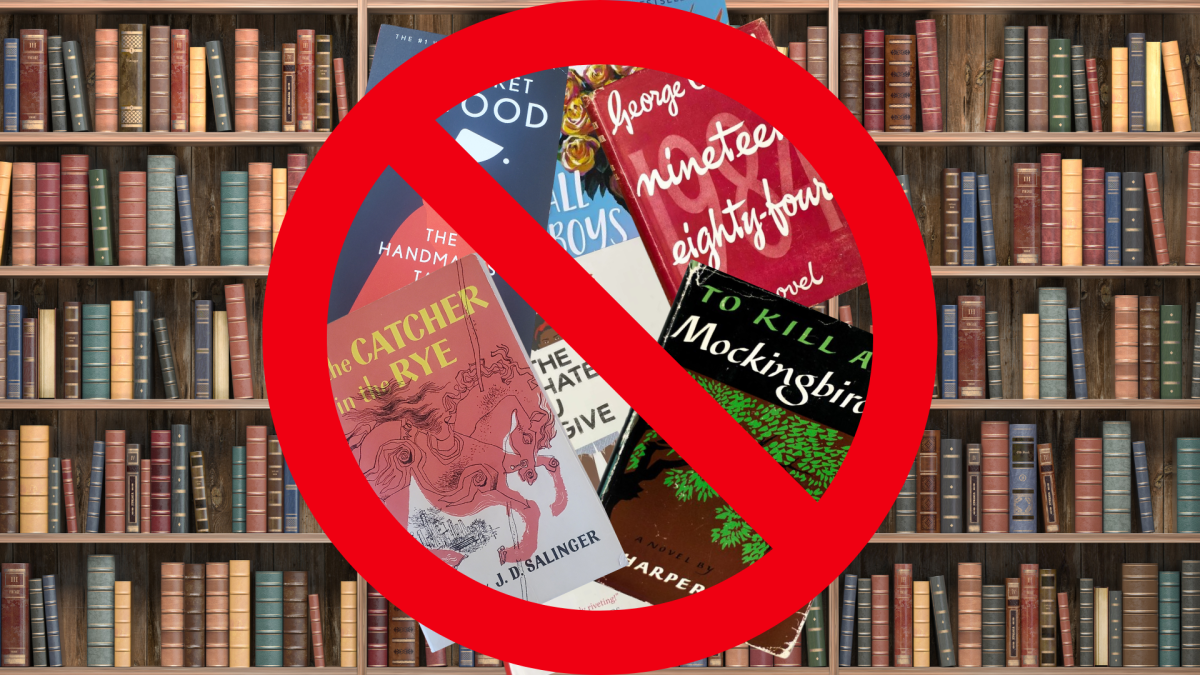“Reasonable people can agree that there are some things that are appropriate for a school environment and some things that are not. I think the disagreement comes from ‘where is the line’ and ‘who gets to decide the line’ for what is appropriate for school,” North Penn High School librarian Mr. Joseph Ramsey stated.
Book ‘bans’ are a complex topic. With varied takes on this topic, people often argue over whether books should be banned from local or school libraries due to their complicated content and treacherous themes.
A conversation with the school’s librarian shed light on the nuanced process of book evaluation, challenging the notion of outright bans and emphasizing the importance of fostering an environment where students can make informed choices.
“When adding a book to the library, there are policies and procedures that guide it. We consult professional book reviewing journals wherever possible, and we also look at literary awards or ‘best book’ lists from reputable organizations such as the American Library Association,” Ramsey revealed.
For children’s fiction, the general rule is that the younger the audience, the shorter the book. For YA novels the average is 50,000-70,000 words, while the word count for adult fiction is between 70,000 to 120,000 words long (source: How Many Words Are There In A Novel?). These many words could make it difficult to catch discrepancies inappropriate for school settings. However, even if there are any discrepancies, it would not be fair for the book to be removed from the library over one transgression.
“As a librarian, you need to evaluate a work in its entirety. It’s not necessarily fair to judge a work based on one small excerpt taken out of context,” Ramsey stated.
Contrary to the common perception of ‘book bans,’ our district adopts a more nuanced approach – books are ‘challenged’ rather than outright banned. This distinction is crucial, as it signifies a commitment to a comprehensive review process before making decisions about the inclusion or exclusion of a particular book from a library.
“There are standard practices for evaluating a piece of material. All materials have pros and cons, and you want to see an imbalance where the pros outweigh the cons. Unfortunately, some cons might be just a dealbreaker no matter what the redeeming value is,” Ramsey explained.
A prominent argument against book bans is the belief that exposure to diverse content is essential for the growth and maturity of students. The idea that students should be allowed access to challenging material to facilitate their maturation is emphasized.
The discussion takes into account the age group being served by the school library. For older teens on the edge of legal adulthood, the range of literature expands beyond young adult content.
“Many students at this age are reading material not written specifically for young adults; they’re reading literature written for adults,” Ramsey stated. “Most of the great works of literature that we teach about in classes are written with an adult audience in mind.”
Importantly, the North Penn High School library has no books that are outright ‘banned.’ Instead, each book is carefully chosen by the librarian and the library team. This deliberate and considered approach ensures that students have access to a wide range of literature while still adhering to the principles of appropriateness for a school environment.
The debate over book bans explores larger questions about education, censorship, and the role of literature in shaping young minds. While it’s important to be mindful of age-appropriateness and sensitive topics, outright bans may stifle the intellectual development of students. By embracing nuanced approaches to book evaluation and fostering an environment of open inquiry, schools can empower students to navigate complex ideas and engage critically with the world around them.


